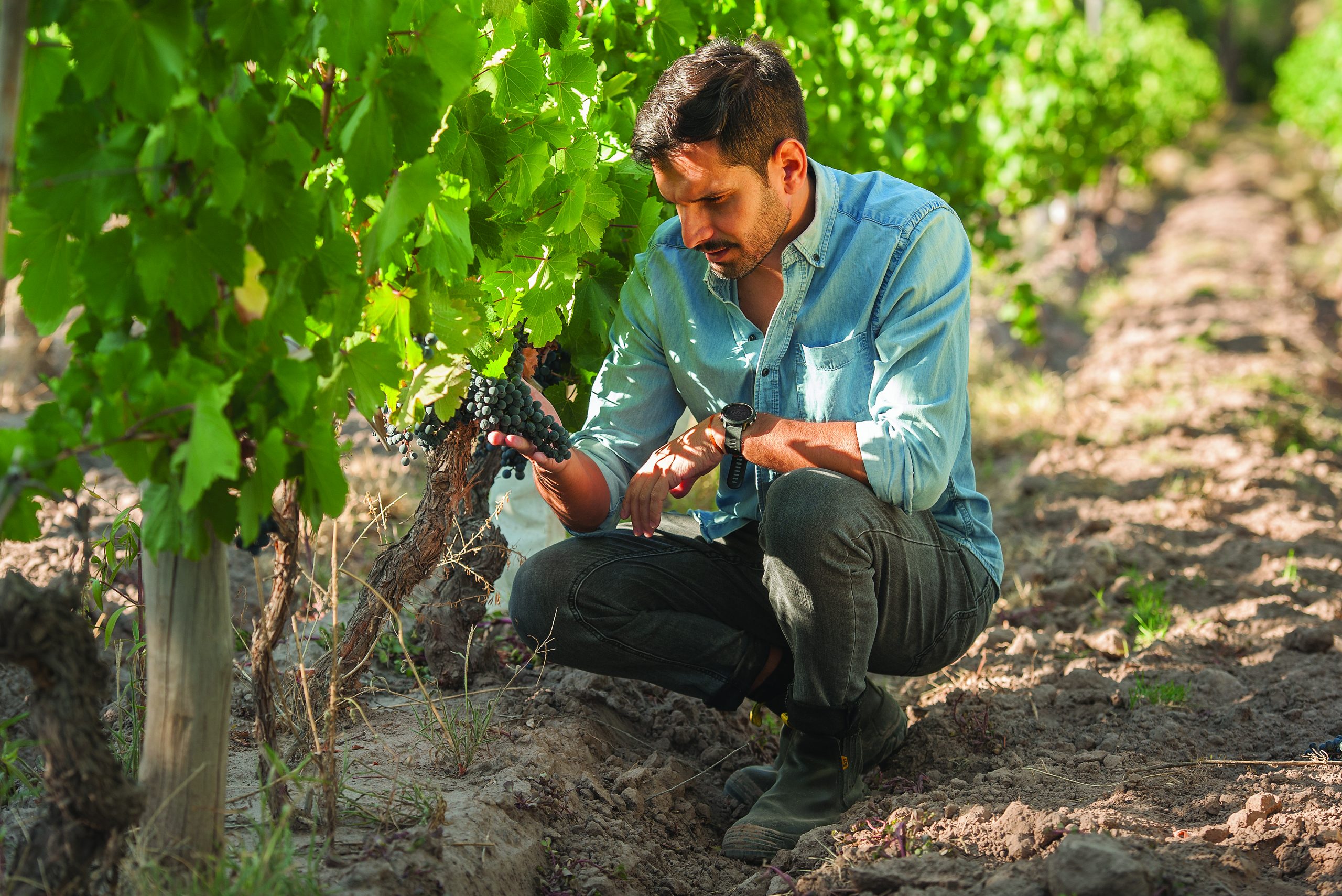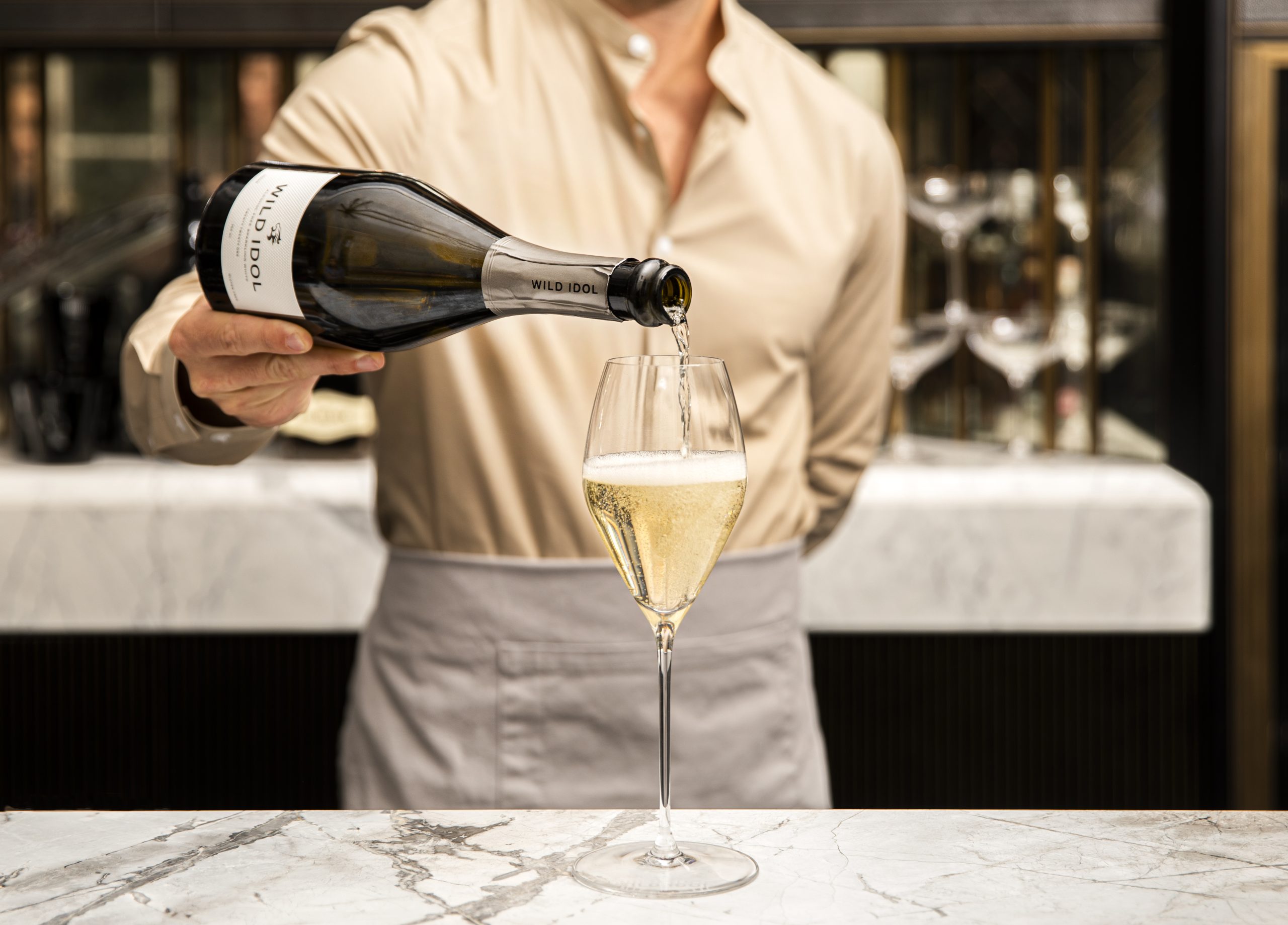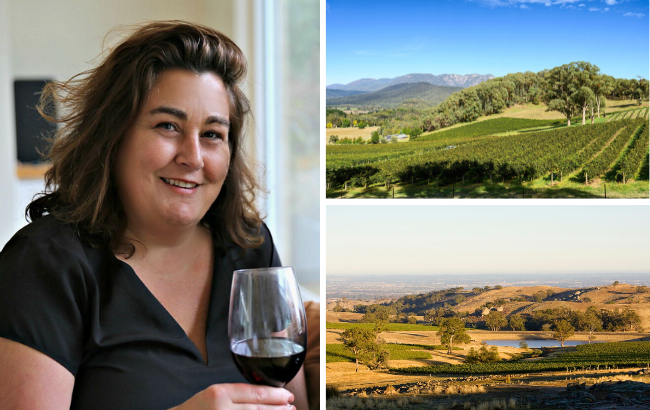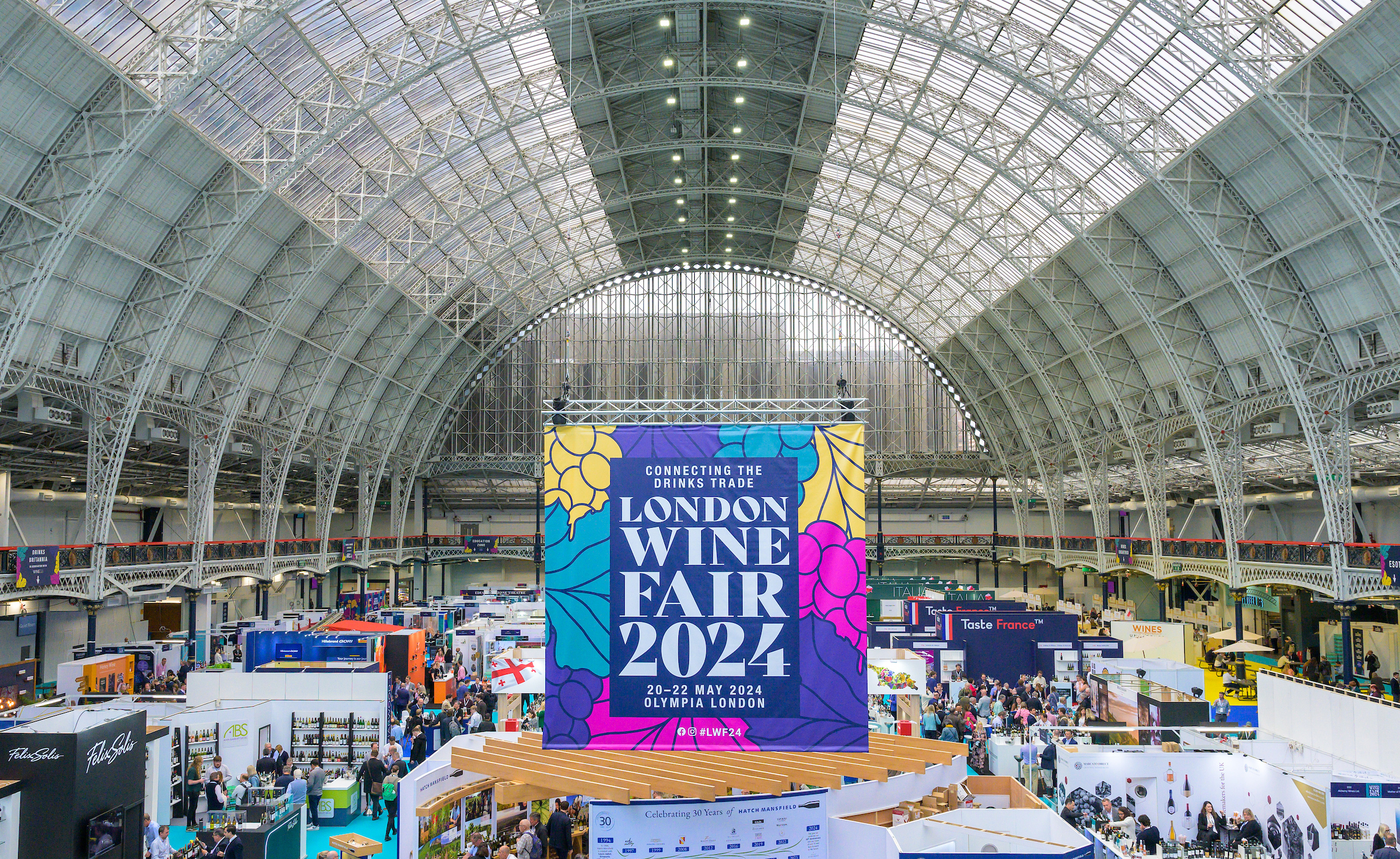This website uses cookies so that we can provide you with the best user experience possible. Cookie information is stored in your browser and performs functions such as recognising you when you return to our website and helping our team to understand which sections of the website you find most interesting and useful.
GREEN PROFILE: Green giant
By db staff writerThe smaller your organisation, the easier it is to be green. But Patrick Schmitt discovers that, for a multinational, Brown-Forman is doing a pretty good job
For some it’s easy to “go green”. For instance, those who work from home, live alone, hate travelling and have the sort of garden where not only is it possible to grow your own veg, but compost the leftovers. In the drinks industry too, some will find it much easier to reduce their environmental impact. The small-scale operation reliant on local ingredients, and a nearby consumer, will do less harm than the multinational drinks company, with a widespread supply base and an even broader customer one.
So in the interests of fairness, having last month profiled Suffolk brewer Adnams, which has every possible ecological corner covered, but let’s face it, hardly a global reach or scale, we decided to pick on a truly international organisation that has an environmental bent: Brown-Forman.
While being big may not facilitate sustainable practices in many respects, it does afford you the possibility of appointing people to study this aspect of the business, and promote it. Hence, Brown-Forman has a director of corporate responsibility, a post that by its very existence hints at a company at least keen on being seen to be doing the right thing.
Rob Frederick took on the role three years ago, moving from a similar position at the Ford Motor Company. Having no doubt defended the internal combustion engine, the likes of Jack Daniel’s must have presented an attractive and somewhat easier prospect, especially as the 138-year-old Brown-Forman has a “long history of commitment to environmental and social sustainability,” he says, eased by the fact the company is “under family ownership and control.”
Then there’s the Fetzer-Bonterra wine division – Bonterra is California’s largest organic grape producer – which has “had a significant influence on the parent company,” according to Frederick, referring to its sustainable business practices.
This may explain Brown-Forman’s decision three years ago to add a new “vision” to its “five strategic imperatives”. This is, according to Frederick, “Be responsible in everything we do.” This presumably precipitated the compilation of a Corporate Responsibility Report, which was released summertime last year, addressing not just alcohol abuse, but the company’s energy and greenhouse gas management strategy.
Further, the corporation “has completed its carbon and greenhouse gas footprint using verified data for last two years, and has just submitted our first response to the Carbon Disclosure Project,” records Frederick.
“We have not set about trying to achieve carbon neutrality but we want to reduce our footprint,” he adds. “This involves a three-tier approach. First, there is a focus on efficiency, so the efficient use of energy. Second is a focus on renewables, so the opportunity for using renewable sources. Third is an offset approach, although we haven’t reached this stage yet.”
| BROWN-FORMAN: COMPANY PROFILE |
|
> Brown-Forman was founded in 1870 by George Garvin Brown in Louisville, KY, US. His original brand, Old Forester Kentucky Straight Bourbon Whisky, was America’s first bottled bourbon and remains one of Brown-Forman’s brands today. The company’s current board member and former chairman, Owsley Brown II, is a great-grandson of the founder. > Brown-Forman employs 4,440 people worldwide with about 1,300 located in Louisville. Brown-Forman sells its brands in more than 135 countries and has offices in cities across the globe. Partner Content> In all, Brown-Forman has more than 35 brands in its portfolio of wines and spirits, including Jack Daniel’s, Southern Comfort, Finlandia Vodka, Tequila Herradura, el Jimador Tequila, Canadian Mist, Fetzer and Bolla wines, and Korbel California sparkling wines. |
Already, Brown-Forman has done much to reduce its impact on the environment and more recent history has involved formalising processes already in operation, helped by the creation of an Environmental Summit Team, who monitor the performance of energy-saving measures as well as execute initiatives.
Interestingly, although Jack Daniel’s may not appear a bastion of environmental sensitivity – its defining association is with charcoal – its production incorporates a number of efficiencies. For instance, wood used to fuel the boilers is sourced from other businesses, diverting around 100,000 tons of wood waste from landfills each year. Also, the Sugar Maple used to make charcoal for JD’s filtering, or “mellowing” process is increasingly being managed in a sustainable way, and the company is hoping for certification, as well as the establishment of a Sugar Maple seed orchard. As for the barrels involved in maturing JD, once used, these are sold to other spirits companies, primarily Scotch manufacturers, while waste wood is used either as boiler fuel or sold as mulch. Then, annually, as much as 30 tons of fine sawdust goes to landfill operators as an absorbent layering material and waste from the distillation process goes to local farmers for animal feed. As Frederick says of JD, “There are strong environmental stories, it’s just that we haven’t told them yet.”
Better known for its green credentials is the Fetzer-Bonterra wine division. For instance, the Hopland, California winery runs on almost 100% renewable energy, and the warehouse is topped by the largest solar panel in the wine industry. In total, a combination of energy efficiency improvements saves the winery over 1 million kilowatt hours every year. In terms of waste, recycling initiatives have reduced landfill by 95% since 1990, and that’s while production has doubled. In total, the company estimates it saves US$250,000 in landfill fees each year.
Elsewhere, attempts to reduce energy use abound. Brown-Forman has built a “living” roof above its headquarters in Louisville, consisting of 600 sq feet of plants and soil. This reduces the building’s heating and cooling demands, as well as filtering and reducing rainfall runoff and sequesting carbon dioxide. Internally, digital controls further lower energy use, automatically adjusting light and temperature. The company has also removed bottled water in all its office locations where the mains water is safe to drink, and predominantly uses carpet made with recycled material.
Brown-Forman is also encouraging employees in the US to lower vehicle miles through the Louisville Ozone Action Days and RideShare programmes, rewarding workers for the likes of carpooling. In the first 10 months, the company estimates it has saved over 70,000 miles and 30 tons of greenhouse gas emissions.
Finally, the business has switched to biodegradable packing materials and it reduced the weight of its glass bottles in the mid-90s, saving around 4,000 tons of glass annually.
In short, the range of environmental initiatives spans the large scale to the smallest detail, such as the use of chlorine-free recycled paper for all stationery, and overall, if there is an emphasis, it is on water, because, as Frederick reminds, “given the amount of water in our products we are constantly looking at water efficiency opportunities.”
As for communicating the energy-saving approaches taken by Brown-Forman, despite the company’s proven track record at marketing and brand building, its green message is surprisingly subdued. Aside from Fetzer-Bonterra, where the environmental angle is core to its brand positioning, B-F’s range of spirits have not widely promoted their sustainability stories. Why? “So many brands are jumping on the green bandwagon – we don’t want to be seen as a me too,” sums up Frederick.
db © September 2008





